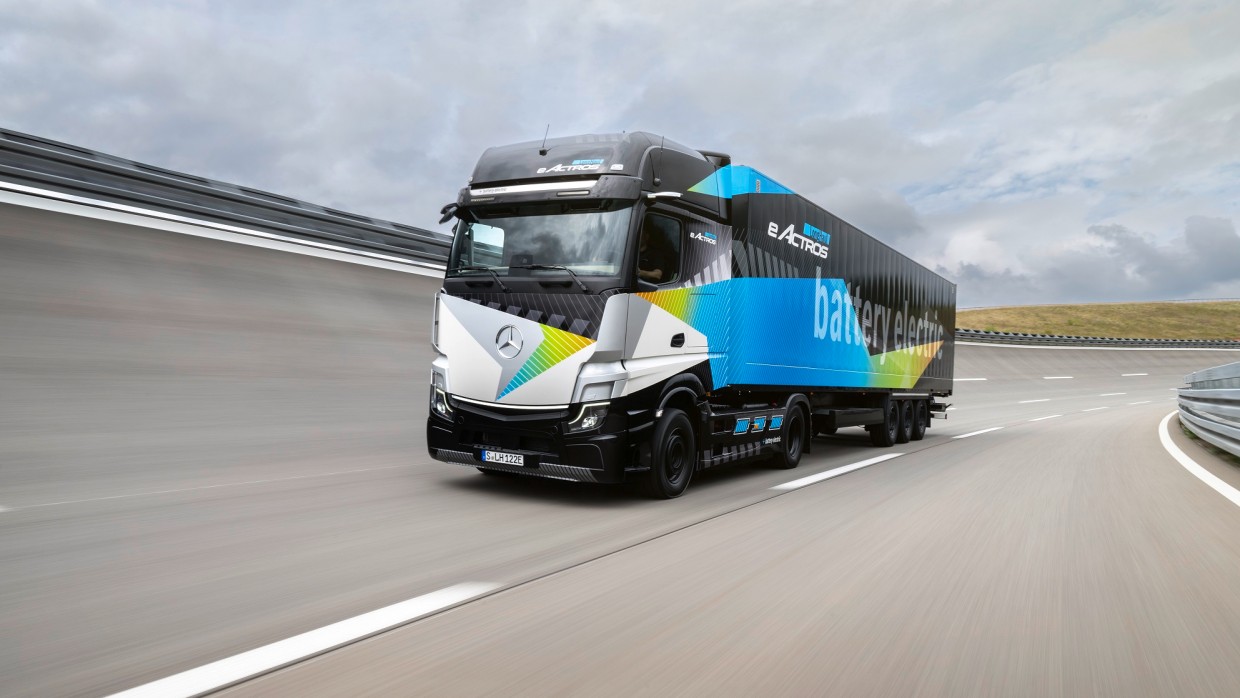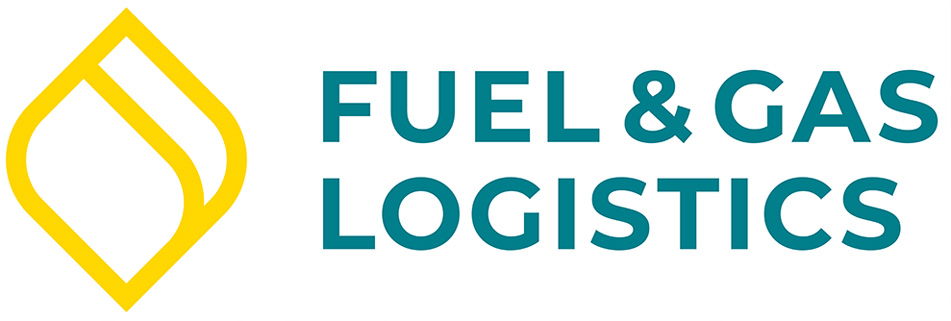News
News
Mobility Concepts: A Broad Mix of Possible Options
There are many technical options to move goods from A to B while keeping emissions as low as possible. Which of these will eventually prove most practicable and economical is still to be decided. What will trucks look like in future?
Battery-driven electric trucks are already under development at various manufacturers, including Daimler, MAN, Volvo and Scania. For transporting goods locally, such vehicles could provide an acceptable solution in the coming years. Some manufacturers are aiming for a range of more than 600 miles. Speed of progress in battery technology is expected to be the deciding factor. Currently, the factors preventing a fast roll-out of battery-driven electric trucks include the low mileage range together with a lack of chargers and massively higher vehicle prices.
It is doubtful whether overhead electricity lines for heavy trucks such as the ones being tested on a stretch of the A5 motorway near Darmstadt will be put into practice.
According to laws governing hazardous materials, tankers with an ADR classification of "AT", a category that includes heating-oil tankers, could be powered by electricity. So far, these kinds of vehicles have not been put to use, but progress is being made.
The first electric trucks for transporting wood pellets are already successfully in daily use.
Other energy sources will also play a role in driving engines, such as fuel cells and alternative types of power, including CNG, LNG and hydrogen for combustion engines as well as e-fuels and sustainable biofuels.
The network of filling stations for hydrogen is still very sparse but is expanding steadily, especially for trucks. At the end of 2022, there were 254 H2 stations across Europe, of which 105 are in Germany.
The extent to which the various alternative fuels are successfully used on an everyday basis depends mainly on the political framework and the areas of application.
Over long distances, ships and aeroplanes are just as difficult to fuel with electricity as heavy trucks. Vehicles used by the police and emergency services, as well as military, agricultural, forestry and construction machinery or grid replacement systems will all remain dependent on liquid fuels for many years to come.
Investments in the production of carbon-neutral fuels that are viable in the long term make most sense when politicians approve them for more than just limited usage, thus enabling a high-volume market to develop. Specialists agree that the manufacturing costs of e-fuels could then be as low as one euro per litre. This means they would not cost any more at the pump than fossil fuels do today.
Therefore, the agreement between the German Federal Government and the European Commission on e-fuels for new vehicles is an important milestone in accelerating the market for synthetic fuels based on green electricity.
In conclusion, it can be said that aside from existing vehicles that will continue to run on liquid fuels for the next few decades, we can expect a wide selection of engine technologies and fuels to become available for new vehicles, all of which can contribute to the goal of reducing emissions from transportation. From this point of view, government policies to restrict such options to purely electrically driven vehicles would appear to be counterproductive.



